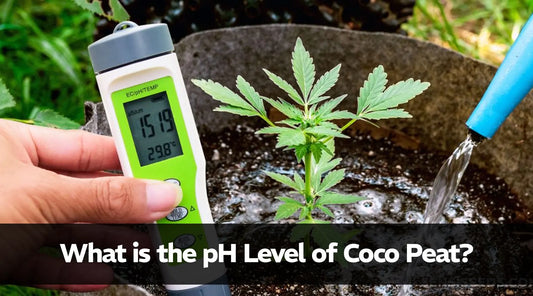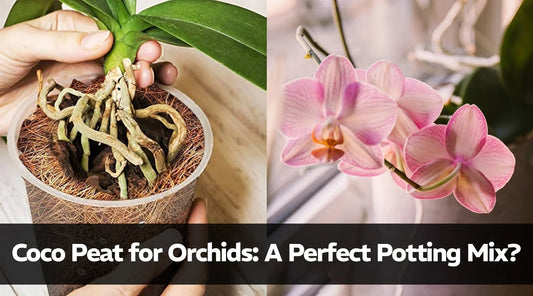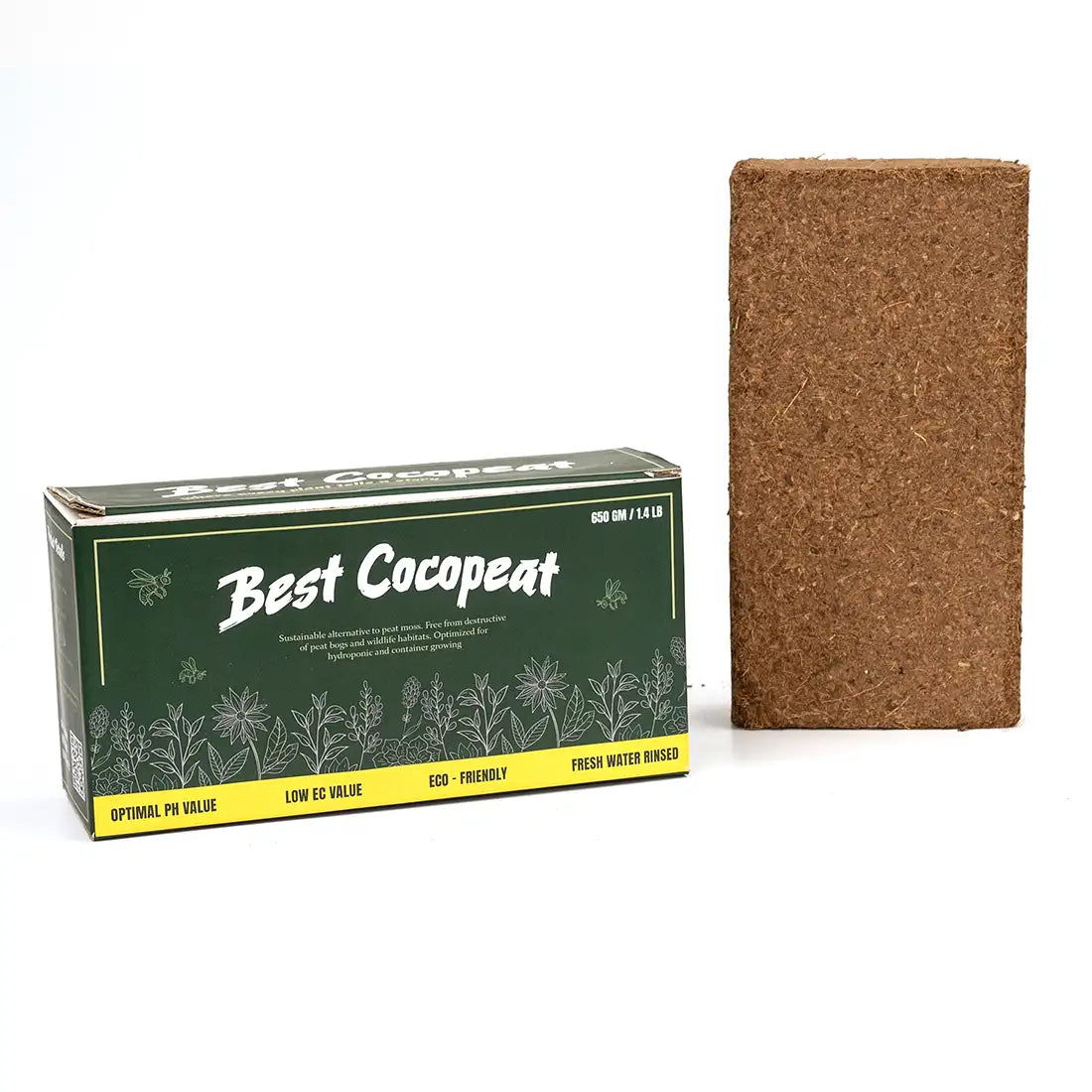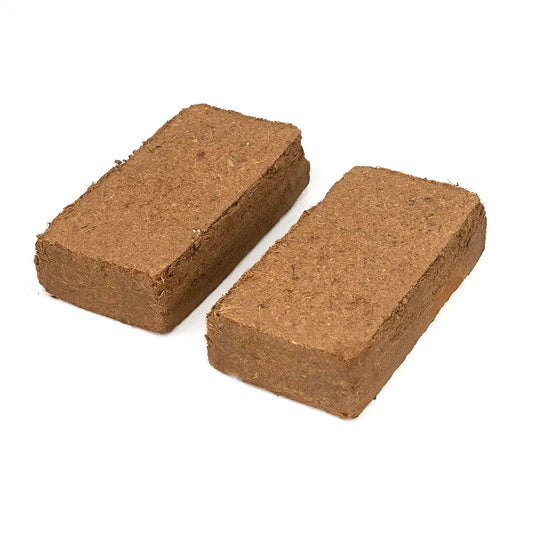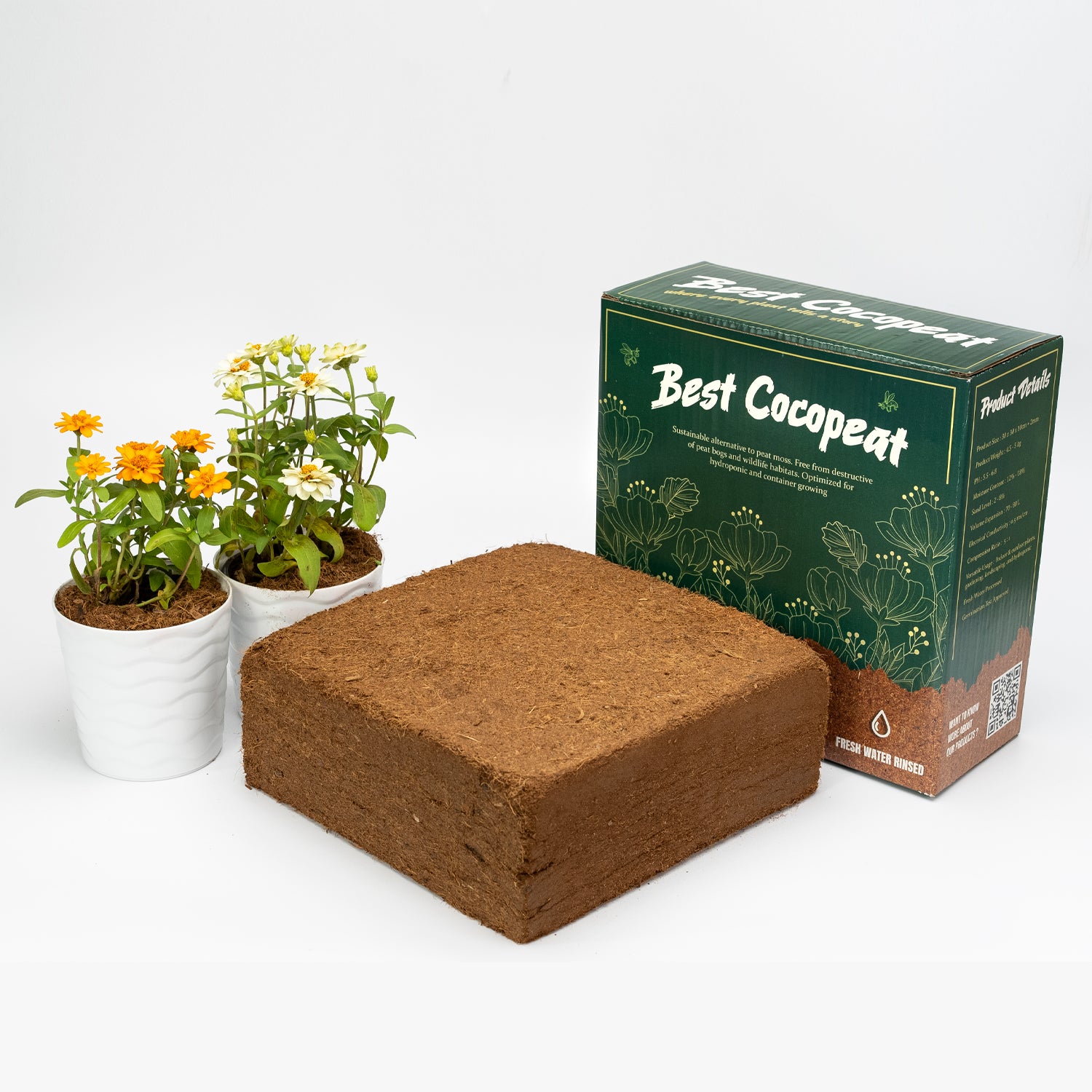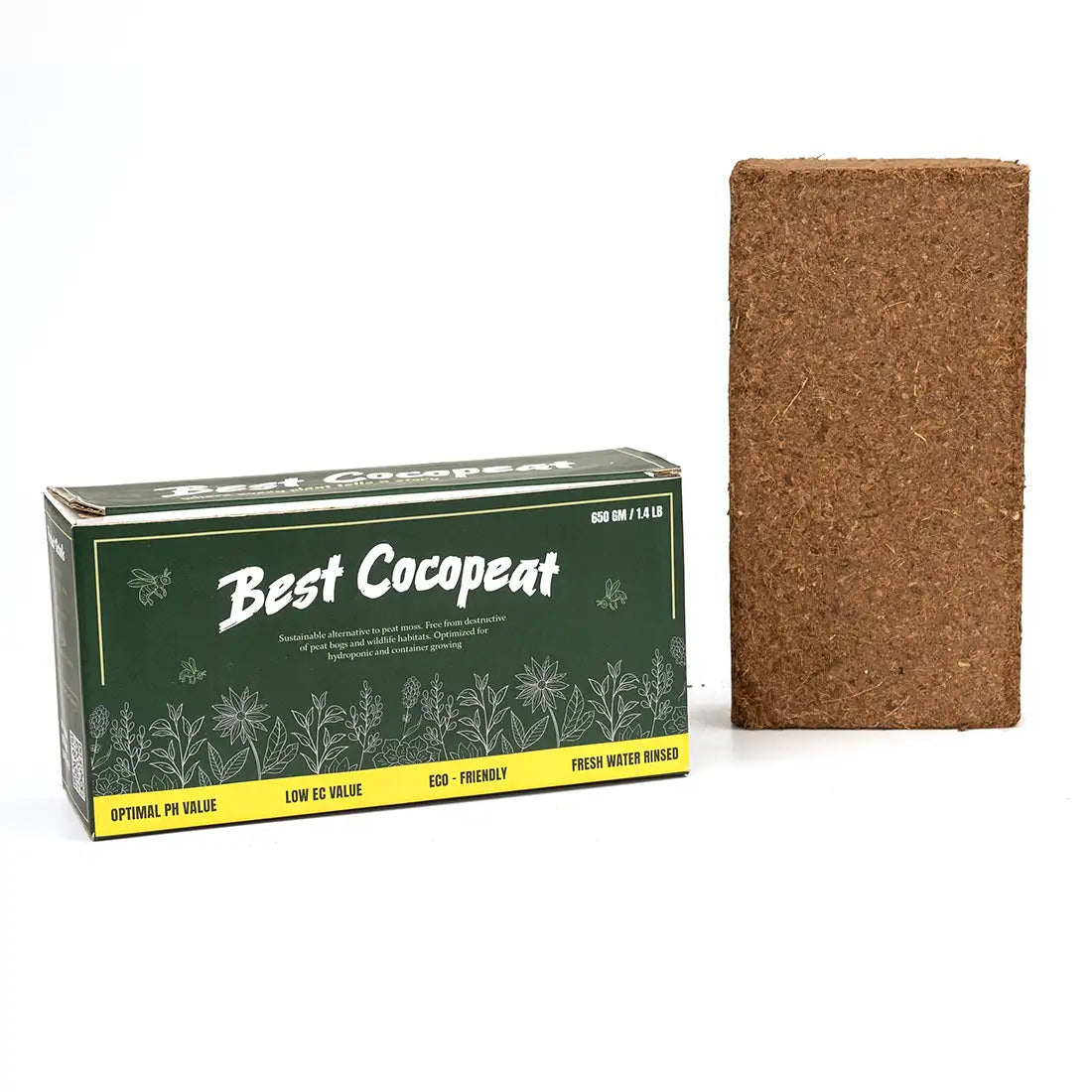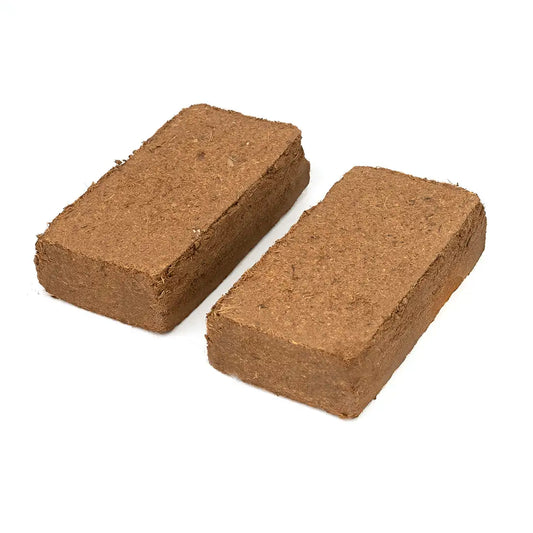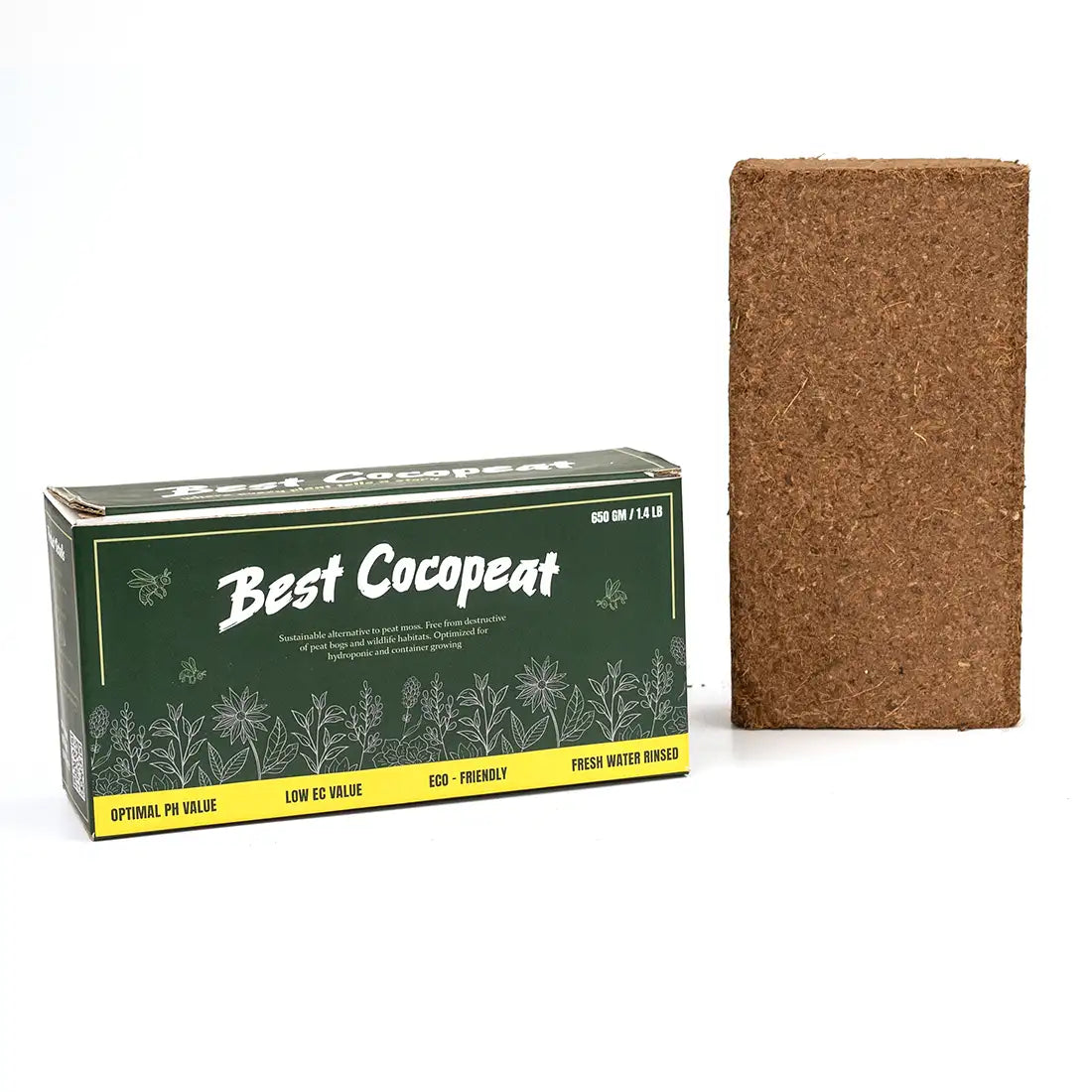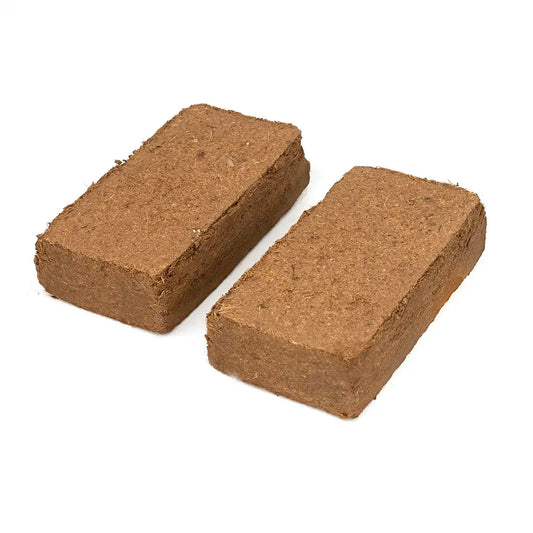Welcome to the world of agriculture! Whether you're looking to cultivate your own food, contribute to the local economy, or simply engage with nature, starting your agricultural journey can be immensely rewarding. This guide is designed to help you understand the basics and get started with confidence.
Step 1: Understand Your Goals and Resources
- Define your agricultural goals: Are you interested in subsistence farming, commercial agriculture, or just growing a small vegetable garden?
- Assess your resources: Consider the amount of land, water, and time you have available. Start small to ensure you can manage your new venture without feeling overwhelmed.
Step 2: Choose the Right Crops
- Research suitable crops: Select crops that are suitable for your region’s climate and soil type. For beginners, it’s best to start with crops that are less demanding and more likely to succeed.
- Consider crop rotation: This practice helps in maintaining soil health and reducing pest and disease problems.
Step 3: Prepare Your Land
- Soil testing: Test your soil to determine its type and the nutrients it may need.
- Land preparation: Clear the land of weeds and debris. Depending on your soil test results, you might need to enhance the soil with organic matter like compost or peat from Best Coco Peat.
Step 4: Plant Your Crops
- Timing: Plant at the right time of year for each crop, which can usually be found on seed packets or local agricultural extension services.
- Planting techniques: Learn the basics of seeding, transplanting, and spacing.
Step 5: Watering and Maintenance
- Irrigation: Set up an irrigation system that meets your crop's water needs without wastage. For small areas, manual watering might be enough.
- Weeding and pest control: Regularly check for and manage weeds and pests. Opt for natural pest control methods to keep your crops healthy and chemical-free.
Step 6: Harvesting
- Learn when to harvest: Harvest at the right time for maximum yield and quality. Each type of crop has different signs indicating they are ripe and ready to harvest.
- Proper harvesting techniques: Use the correct method to ensure that you don’t damage the plant or the product.
Step 7: Marketing Your Produce (if applicable)
- Local markets: If you’re planning to sell your produce, consider local farmer’s markets or community-supported agriculture (CSA) programs.
- Online sales: Setting up an online store can expand your reach and provide more direct customer interaction.
Conclusion Starting an agricultural venture is exciting and fulfilling. With careful planning, a bit of hard work, and a willingness to learn, you’ll be able to enjoy the fruits of your labor. Remember, every farmer was once a beginner; you’re just planting the seeds for future growth.
Using Best Coco Peat for Your Agricultural Needs

The Best Coco Peat Premium Coir Pith is a natural product made from coconut husk. When you add water, it expands to fill about 15 gallons. It helps soil hold more water, which means you don't need to water your plants as often. It also makes the soil light and airy, so plant roots can grow easily.
For gardening and farming, coco peat is a great choice. It helps plants grow stronger by giving them the right amount of water and air. It also fights off mold and fungus, which means healthier plants without using chemicals. It's good for gardens, potted plants, and even farms. Plus, it's eco-friendly and easy to use!

